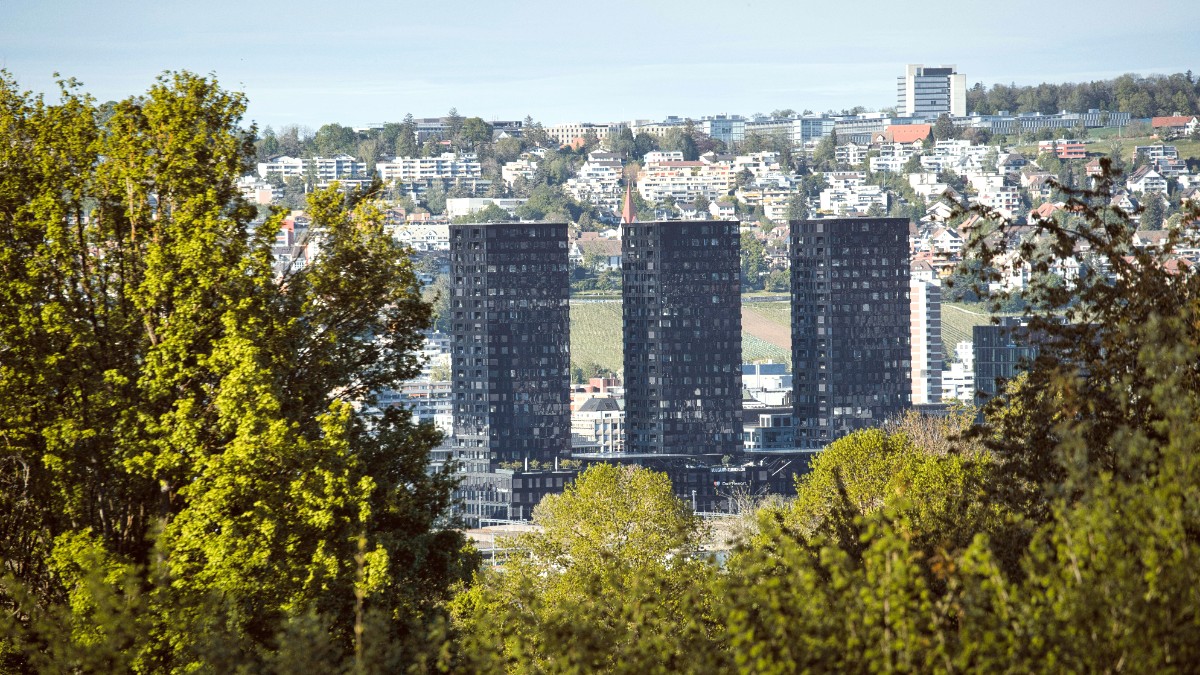
Baden Wurttemberg, Germany
Stuttgart's iconic landmarks showcase its unique blend of automotive heritage, royal history, and urban design.
These sites are central to the city's identity and a must for any visitor.
Context: Explores the Porsche brand's history and evolution. Includes over 80 vehicles.
Former moated castle from the 10th century. Now a state museum.
History of Baden-Württemberg, from Stone Age to present.
Impressive art and artifact collections.
Permanent exhibition is free. Special exhibitions may carry a fee.
Walk through the inner courtyard to admire Renaissance architecture.
Stuttgart presents a diverse range of museums and cultural venues, catering to varied interests from art to ethnography.
One of Germany's most important, spanning old masters to modern art.
Works by Rubens, Rembrandt, Monet, Picasso, Matisse. Strong German Expressionist section.
Comprises three buildings, including the postmodern New Staatsgalerie.
Modern and contemporary art in a glass cube. Focus on Swabian and post-1945 international art, Otto Dix collection.
Europe's leading ethnographic museum. Cultural artifacts from around the world, organized by region.
Chronicles state history since 1800, covering political, social, cultural developments.
An internationally recognized opera house presenting innovative opera and ballet productions.
Offers a diverse program of theatre, dance, and music, from experimental to established acts.
A major concert hall hosting classical and contemporary music concerts, alongside conventions.
Stuttgart's cultural institutions provide diverse pathways into art, history, and performance.
Stuttgart's historical sites provide glimpses into its medieval origins, royal past, and wartime experiences.
These locations narrate the city's journey through centuries.
Stuttgart's oldest parish church with Romanesque and Gothic elements. The Bohnenviertel is one of the city's oldest and most charming quarters.
Sites reflecting Stuttgart's wartime past and its significant transport hub.
A beautiful mausoleum built by King Wilhelm I for Queen Katharina, offering panoramic views.
The city's historical layers are visible through its architecture and surviving monuments.
Stuttgart presents abundant green spaces and natural features, creating peaceful escapes within or just outside the city.
A unique combination of zoo and botanical garden in a historic Moorish-style palace complex.
Vast park stretching from the New Palace towards the Neckar River, an urban green oasis.
Large park on a hill with gardens, an animal enclosure, narrow-gauge railway, and panoramic tower.
World's first TV tower built from reinforced concrete. Offers an unparalleled 360-degree viewing platform.
Get Tickets HereOffers extensive walking paths, manicured lawns, and fountains. A green oasis in the city heart.
Includes beautifully landscaped gardens, an animal enclosure, and the Killesbergturm for panoramic views.
A continuous green belt connecting various city parks. Ideal for leisurely strolls and relaxation.
Find tranquility and recreational activities within Stuttgart's natural settings.
Stuttgart's unique natural attractions merge natural beauty with architectural marvels.
Arrive early at popular museums to avoid crowds.
Beyond the main attractions, Stuttgart holds several lesser-known treasures, presenting unique experiences.
A beautiful Rococo palace slightly outside the city center, once a hunting lodge and summer residence.
A UNESCO World Heritage Site with pioneering modernist architecture from 1927.
Explore these unique urban staircases for stunning views and charming residential areas.
A true local experience beyond typical tourist routes.
While a historical site, its elevated position and breathtaking views make it a hidden gem.
The journey to the chapel enhances the overall experience.
Stuttgart's oldest and most charming quarter, known for its unique character.
A relaxed, artistic atmosphere popular with locals and visitors.
Discover urban staircases that connect different city levels, often leading to hidden viewpoints.
A serene Rococo palace with beautiful grounds, a glimpse into ducal splendor away from the city buzz.
A UNESCO site for modernist architecture, showing visionary designs from the 1920s.